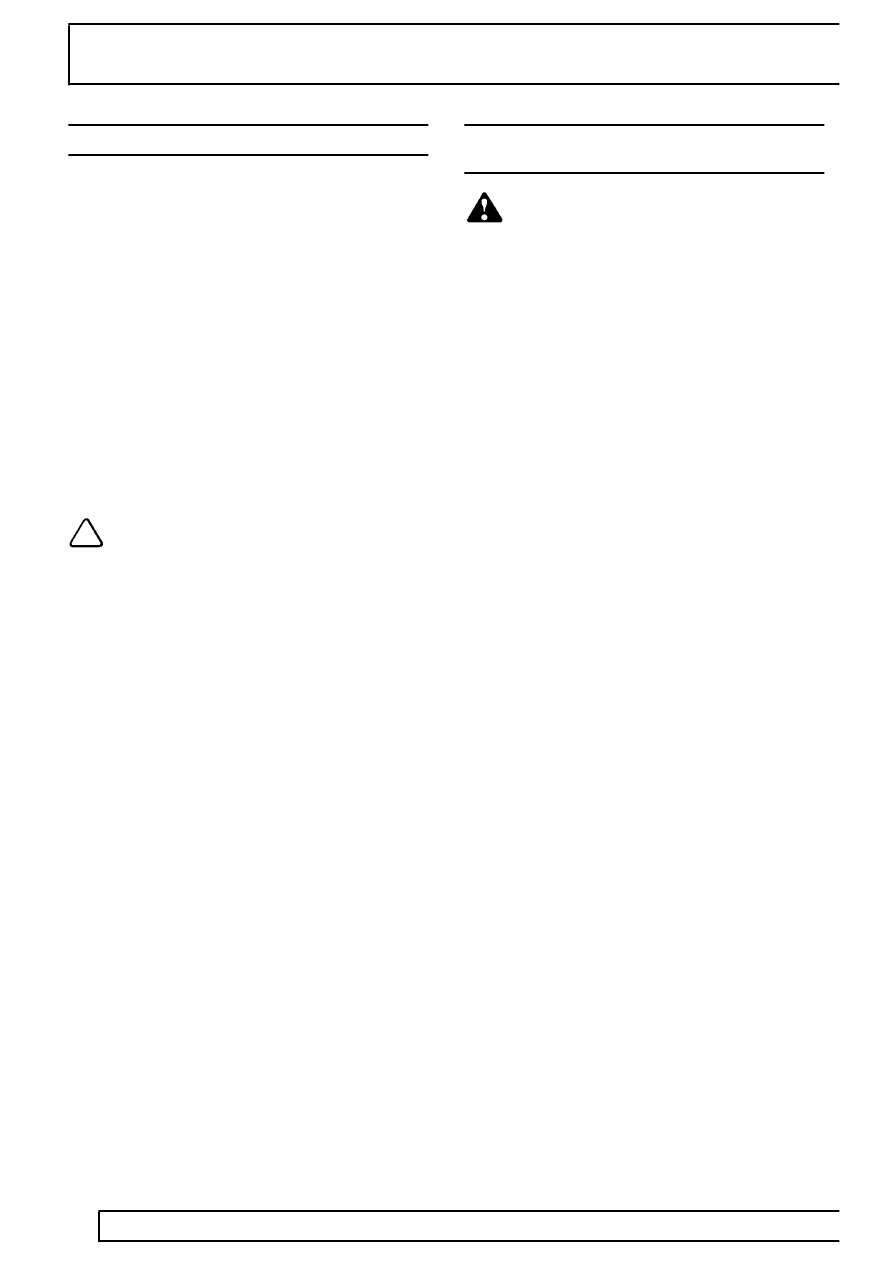300Tdi Defender

82
AIR CONDITIONING
6
ADJUSTMENT
SYSTEM TEST
1. Place the vehicle in a ventilated, shaded area
free from excessive draught, with the doors and
windows open.
2. Check that the surface of the condenser is not
restricted with dirt, leaves, flies, etc. Do not
neglect to check the surface between the
condenser and the radiator. Clean as necessary.
3. Switch on the ignition and the air conditioner air
flow control. Check that the blower is operating
efficiently at low, medium and high speeds.
Switch off the blower and the ignition.
4. Check that the evaporator condensate drain
tubes are open and clear.
5. Check the tension of the compressor driving belt,
and adjust if necessary.
6. Inspect all connections for the presence of
refrigerant oil. If oil is evident, check for leaks,
and repair as necessary.
NOTE: The compressor oil is soluble in
Refrigerant R134a and is deposited when
the refrigerant evaporates from a leak.
7. Start the engine.
8. Set the temperature controls to cold and switch
the air conditioner blower control on and off
several times, checking that the magnetic clutch
on the compressor engages and releases each
time.
9. With the temperature control at maximum
cooling and the blower control at high speed,
warm up the engine and fast idle at 1000
rev/min.
10. Repeat at 1800 rev/min.
11. Gradually increase the engine speed to the high
range and check the sight glass at intervals.
12. Check for frosting on the service valves.
13. Check the high pressure hoses and connections
by hand for varying temperature. Low
temperature indicates a restriction or blockage at
that point.
14. Switch off the air conditioning blower and stop
the engine.
15. If the air conditioning equipment is still not
satisfactory, carry out a pressure test as
previously described in this section.
PRECAUTIONS IN HANDLING REFRIGERANT
LINES
WARNING: Wear eye and hand protection
when disconnecting components
containing refrigerant. Plug all exposed
connections immediately.
1. When disconnecting any hose or pipe
connection the system must be discharged of all
pressure. Proceed cautiously, regardless of
gauge readings. Open connections slowly,
keeping hands and face well clear, so that no
injury occurs if there is liquid in the line. If
pressure is noticed, allow it to bleed off slowly.
2. Lines, flexible end connections and components
must be capped immediately they are opened to
prevent the entrance of moisture and dirt.
3. Any dirt or grease on fittings must be wiped off
with a clean alcohol dampened cloth. Do not use
chlorinated solvents such as trichloroethylene. If
dirt, grease or moisture cannot be removed from
inside the hoses, they must be replaced with
new hoses.
4. All replacement components and flexible end
connections must be sealed, and only opened
immediately prior to making the connection.
5. Ensure the components are at room temperature
before uncapping, to prevent condensation of
moisture from the air that enters.
6. Components must not remain uncapped for
longer than 15 minutes. In the event of delay, the
caps must be fitted.
7. Receiver/driers must never be left uncapped as
they contain Silica Gel crystals which will absorb
moisture from the atmosphere. A receiver/ drier
left uncapped must not be used, fit a new unit.
8. The compressor shaft must not be rotated until
the system is entirely assembled and contains a
charge of refrigerant.
9. A new compressor contains an initial charge of
refrigerant oil. The compressor also contains a
holding charge of gas when received which
should be retained by leaving the seals in place
until the pipes are re-connected.
10. The receiver/drier should be the last component
connected to the system to ensure optimum
dehydration and maximum moisture protection of
the system.
